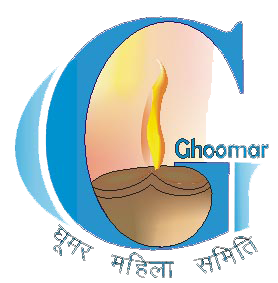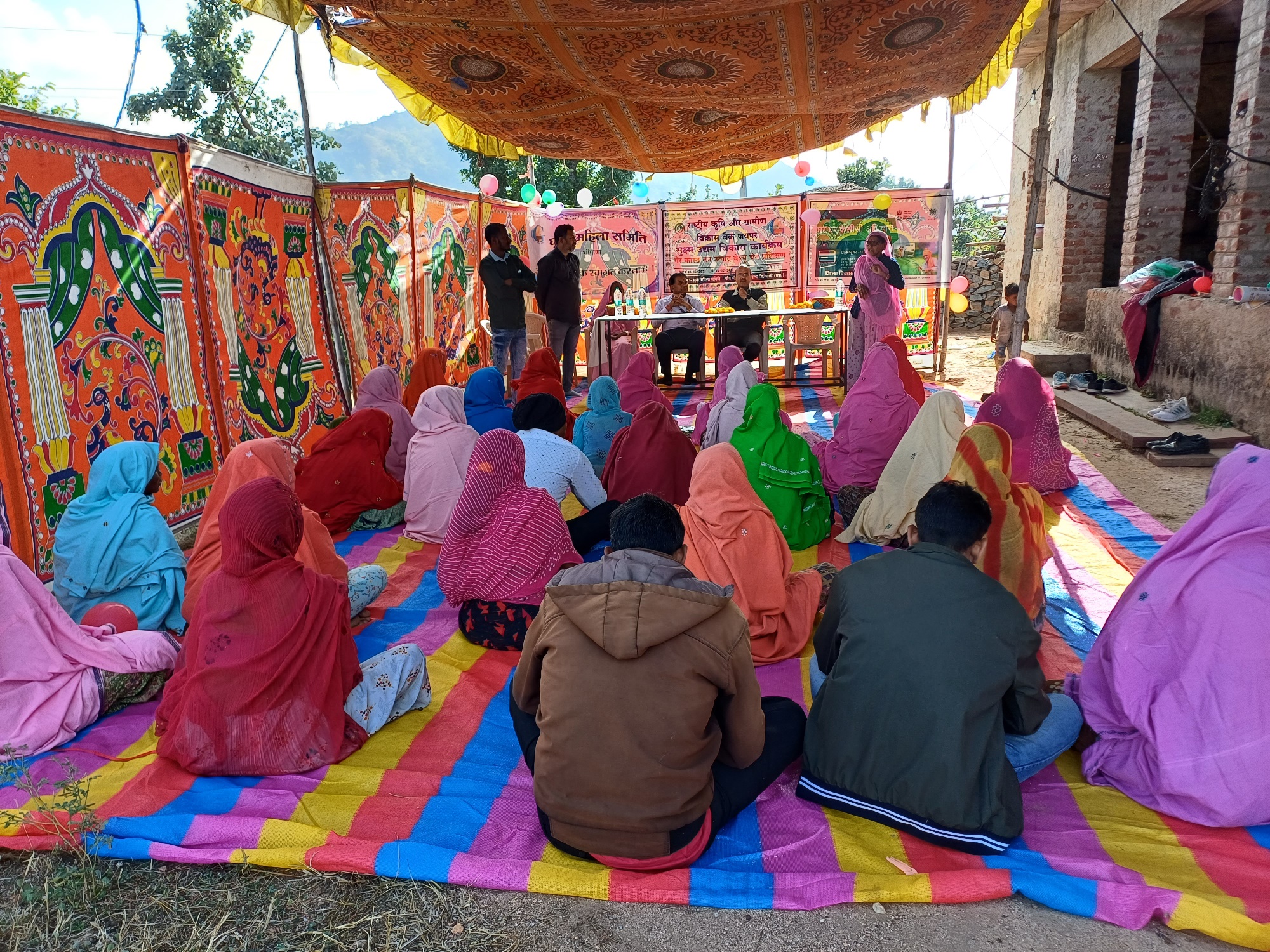Livestock & Enterprise Development Program
The villages of Chopa ki naal and koyalwav have a total of 59 Self- Help Groups, Among these 59 SHGs, 150 members have been selected for the 5 Livelihood and Enterprise Development Program (LEDP) training.
Each family in the villages has a herd size of 3-4 goats, which is a primary source of income for them. However, there are some setbacks in their rearing practices, such as high mortality rates, imbalanced feed, and poor marketing.
The LEDP training has helped to address these issues. The deworming rate has increased, which has led to a decrease in the mortality rate from 25% to 15%. The average weight of a goat has also increased by 5-7 kg due to castration. As a result, the average annual income of the goat rearers has increased by 12,000.
The LEDP training has been a success in improving the lives of the goat rearers in Chopa ki naal and koyalwav villages. It has helped to reduce mortality rates, increase the average weight of goats, and improve marketing practices. As a result, the average annual income of the goat rearers has increased by 12,000.
The villages of Chopa ki naal and koyalwav have undergone a transformative change with the implementation of the Livelihood and Enterprise Development Program (LEDP). Comprising a total of 59 Self-Help Groups (SHGs), the communities have been working tirelessly to improve their goat rearing practices, which serve as the primary source of income for the families.
Initially, the goat rearers faced several challenges that hindered their progress, including high mortality rates among the goats, issues with imbalanced feed, and difficulties in marketing their products. The situation demanded urgent intervention to uplift their livelihoods and ensure sustainable growth.
The LEDP training emerged as a beacon of hope for the villagers, offering valuable knowledge and practical skills to address these setbacks. The training program was tailored to cater to the specific needs of the goat rearers, focusing on crucial aspects such as deworming and castration techniques.
As a result of the comprehensive training, the goat rearers were able to significantly improve their practices. The deworming rate increased, leading to a commendable reduction in the mortality rate from a worrisome 25% to a promising 15%. Additionally, the implementation of proper castration techniques contributed to a remarkable increase in the average weight of each goat by 5-7 kg.
These positive changes had a profound impact on the financial well-being of the goat rearers. The average annual income of the families rose by an impressive 12,000, resulting in an overall improvement in their quality of life. With a boost in their income, the villagers were able to access better healthcare, education, and living conditions, thus creating a more sustainable and prosperous community.
Beyond the financial gains, the LEDP training has fostered a spirit of unity and cooperation among the SHGs. Collaborative efforts have strengthened the sense of community and social support, paving the way for further advancements in the future.
The success of the LEDP in Chopa ki naal and koyalwav villages serves as a shining example of how targeted and practical interventions can bring about positive and lasting change in rural communities. The upliftment of goat rearers showcases the potential for sustainable development and the promise of a brighter future for marginalized communities across the region. As the ripple effects of this successful initiative continue to spread, it is evident that the LEDP has set a new benchmark for empowerment and progress in the area of livestock-based livelihoods.

